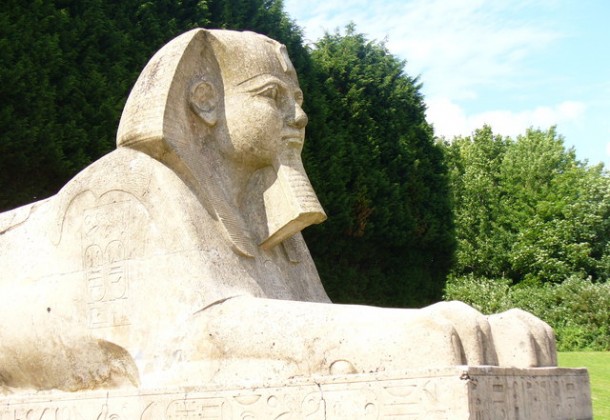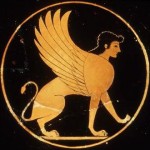Building for Accessibility Solves a Disability Riddle

 The title alone stopped me. “Disability and the City.” I didn’t need to read the synopsis. If it had been a murder mystery I had already figured out “who done it.” And yet I read the synopsis and, yes, I felt I knew the story already by heart.
The title alone stopped me. “Disability and the City.” I didn’t need to read the synopsis. If it had been a murder mystery I had already figured out “who done it.” And yet I read the synopsis and, yes, I felt I knew the story already by heart.
Paul Chapman’s synopsis of Professor Rob Imrie’s book reads in part, “People with disabilities are one of the poorest groups in Western societies. In particular, they lack power, education and opportunities. For most disabled people, their daily reality is dependence on a carer, “¦ (t)he dominant societal stereotype of disability as a ‘pitiful’ state reinforces the view that people with disabilities are somehow ‘less than human.'”
All that is true. I am a carer, and I know.
The synopsis continues, “In taking exception to these, and related, conceptions of disability, this book explores one of the crucial contexts within which the marginal status of disabled people is experienced: the interrelationships between disability, physical access, and the built environment.”
In short, how we build our physical world, our buildings and our homes and our roads and sidewalks reinforces dis-ability. We build our physical world as if every person who passes through stands sturdily upon two feet, complete with five fully functioning senses.
The argument that adding accessibility adds cost, as if it were a product upgrade, is ridiculous on the face of it. Wider doorways, shallower grades, ground-floor access can even be retrofitted economically. Most basic accessibility components are equal cost when built-in from the start.
And how does it shift the benefit versus cost ratio if its you who can’t get around any longer? There are more of us in that wide “disabilities” group than you might think. Even mythology taught that frailty of the limbs and senses comes with age. It was the Sphinx who asked the riddle of those who sought to enter Thebes.
“What goes on four legs in the morning, on two legs at noon, and on three legs in the evening?” she asked.
And answer is, “a man.” He crawls on all fours as a baby, walks on two legs as an adult, and walks with a cane in old age.
Building accessibility in as a matter of course is simply good insurance against the day when we all may be needing the physical world to accommodate us in a different manner.
























